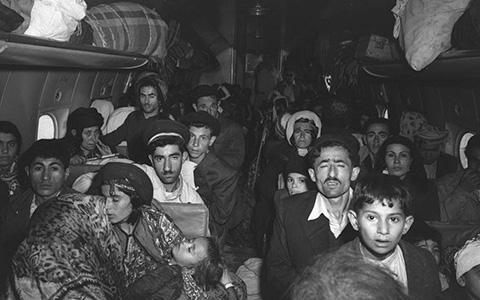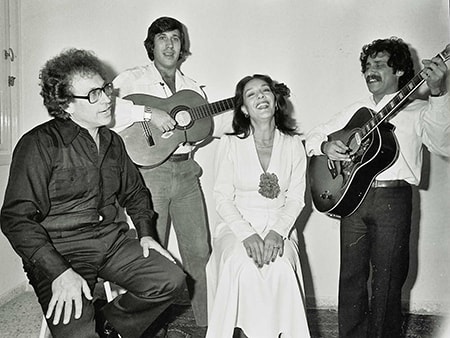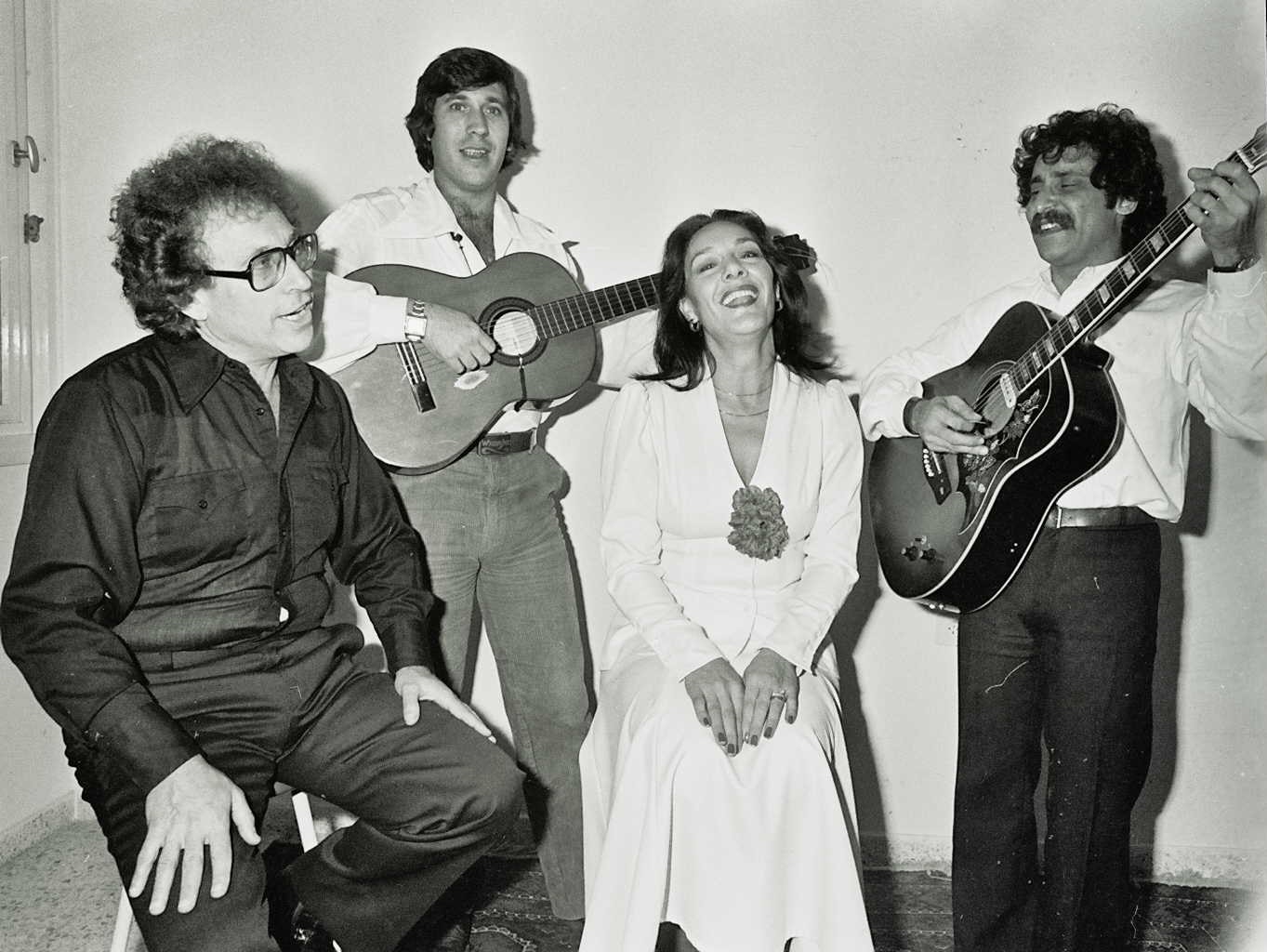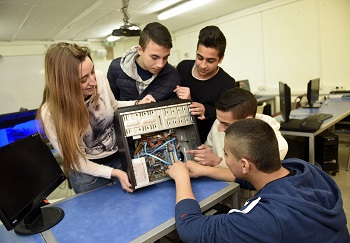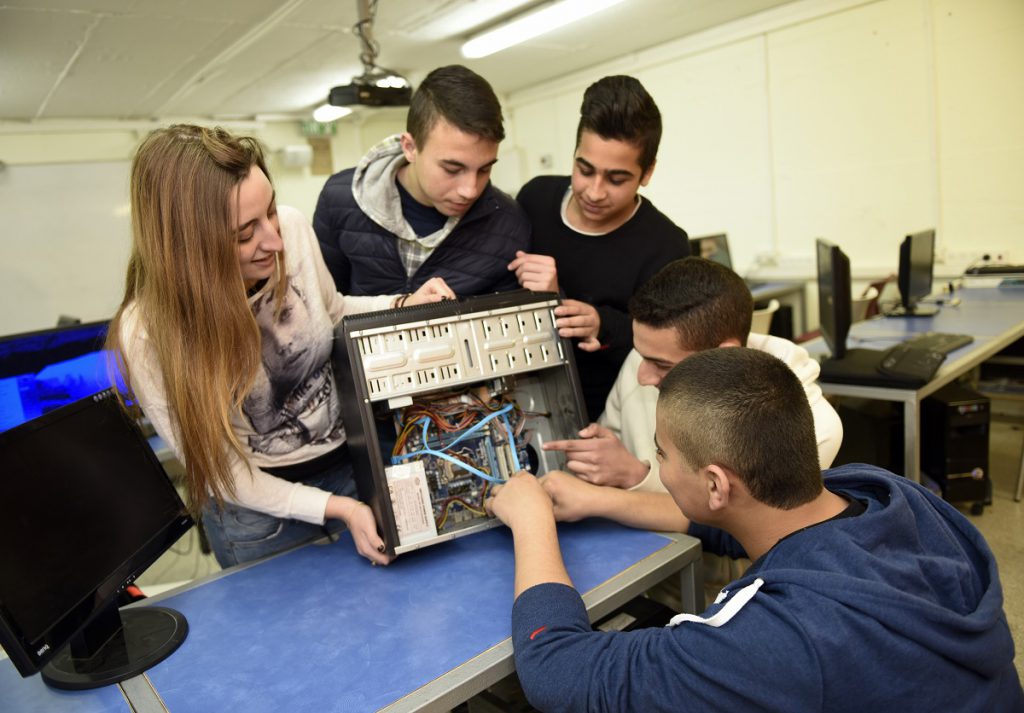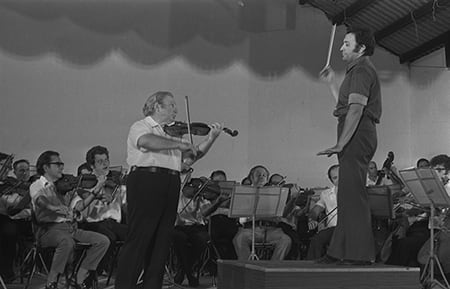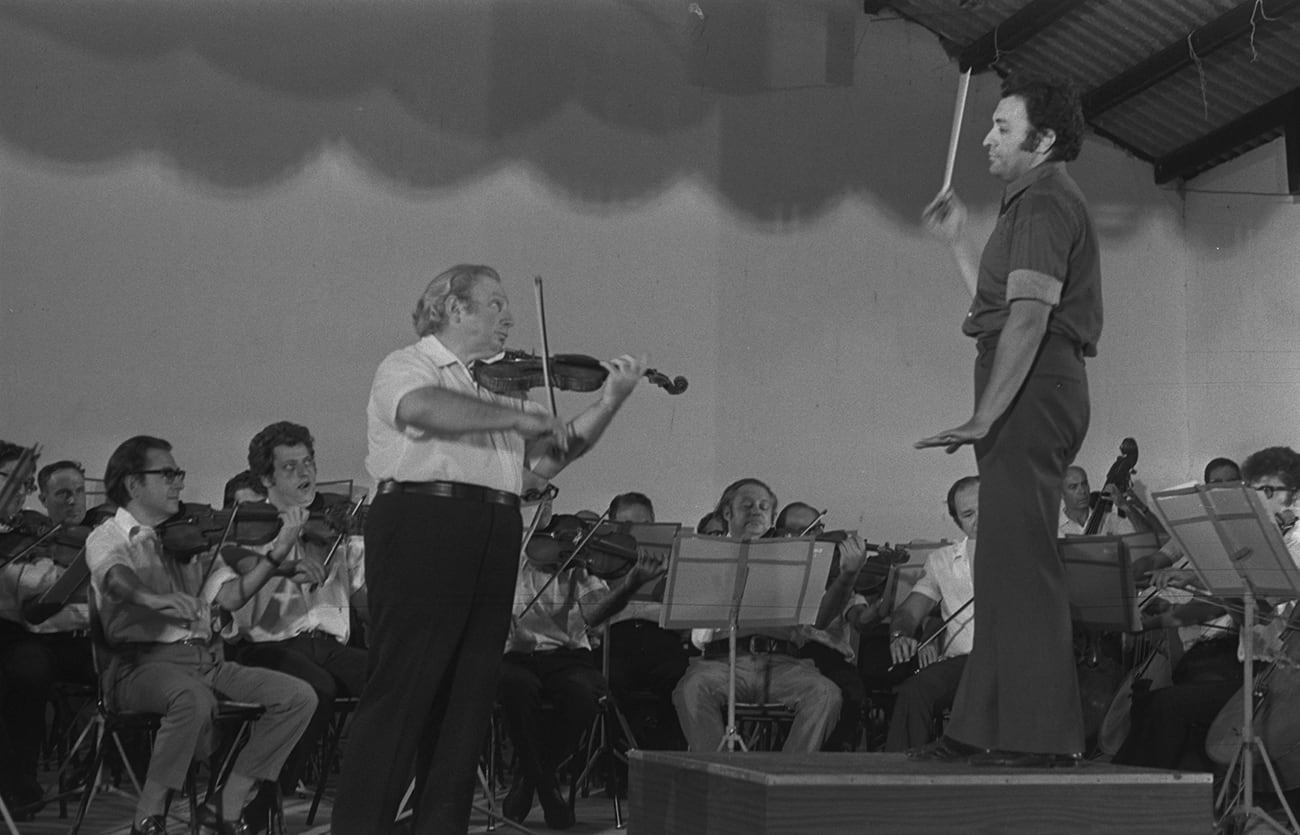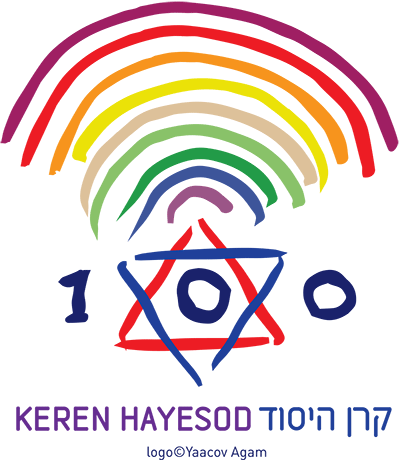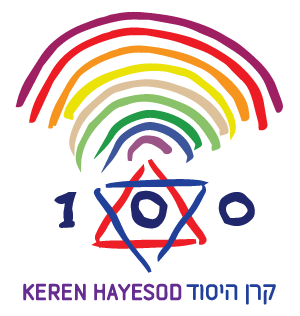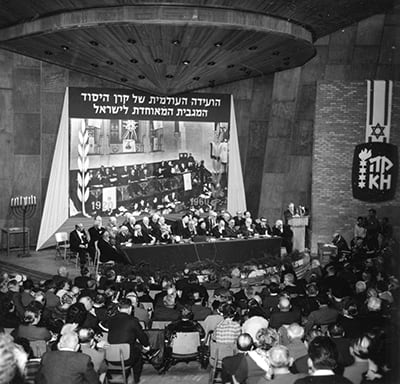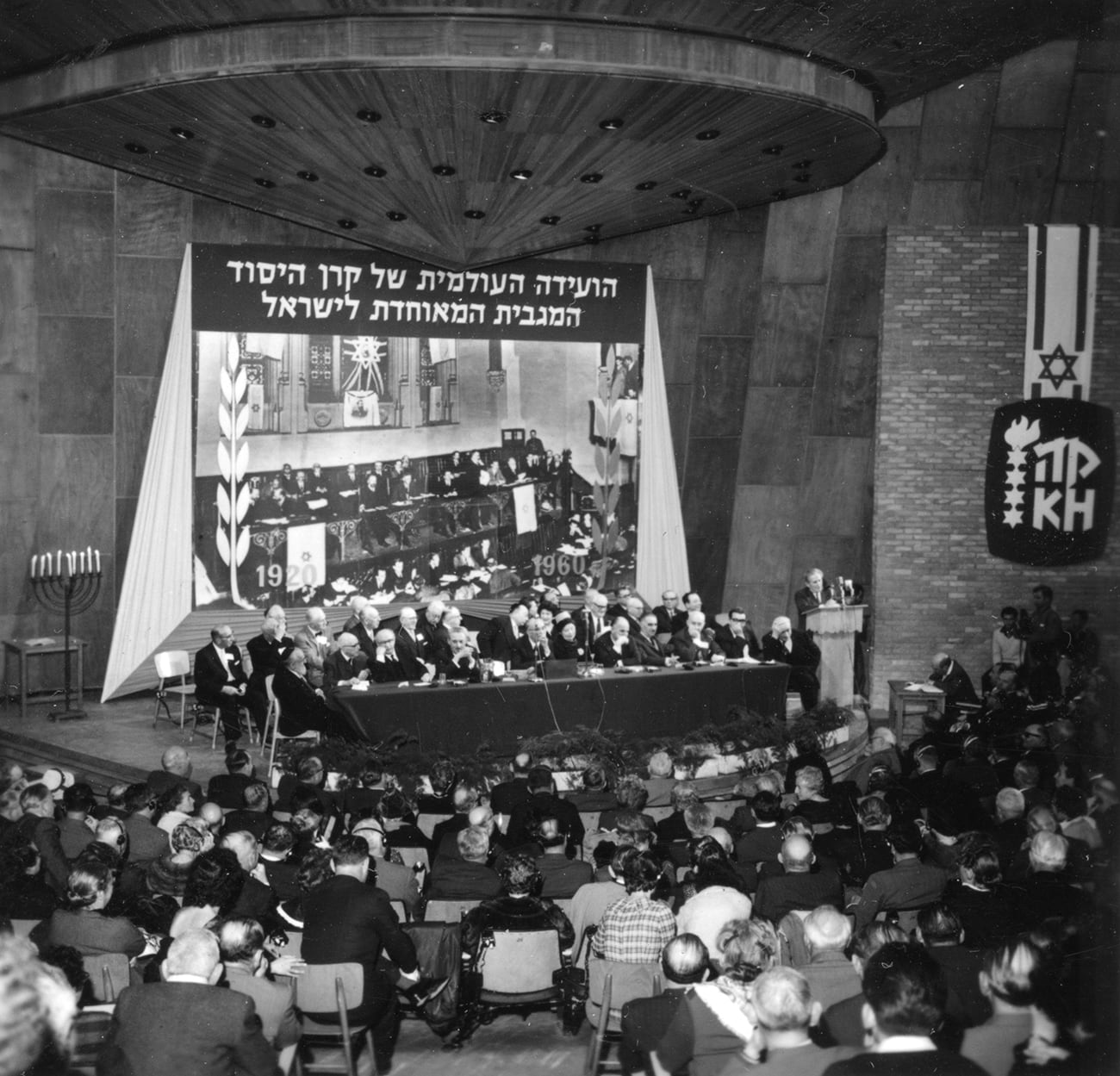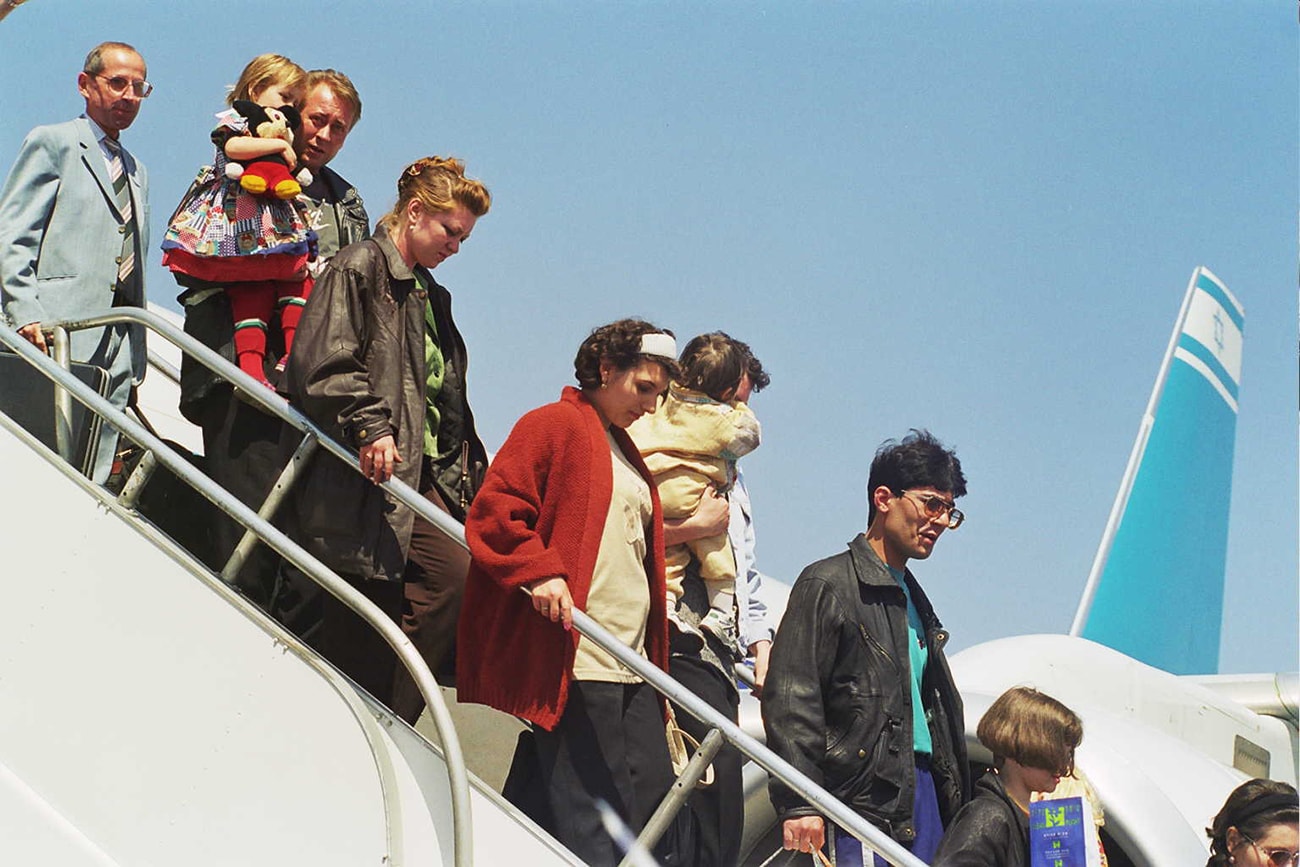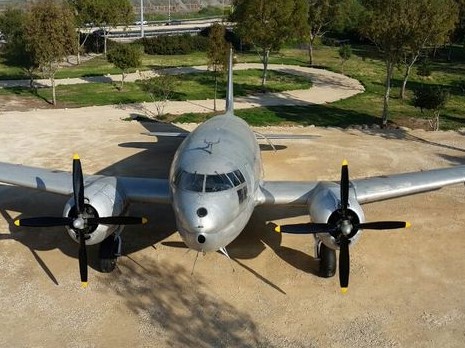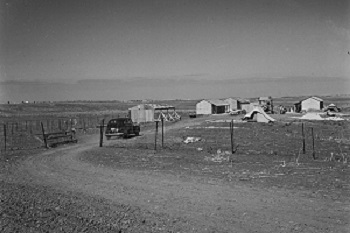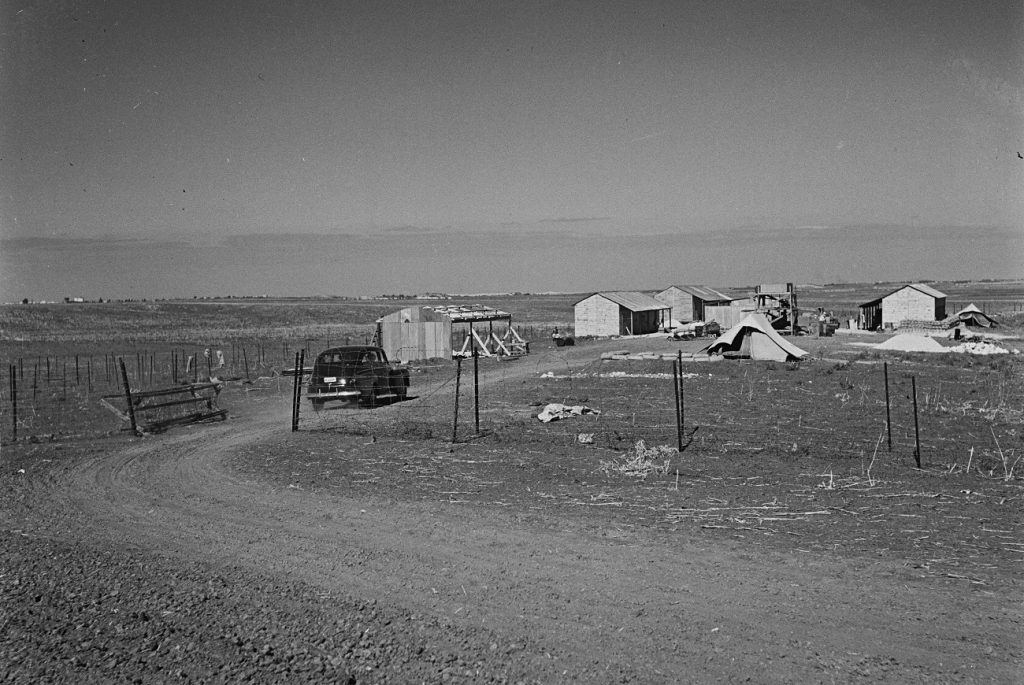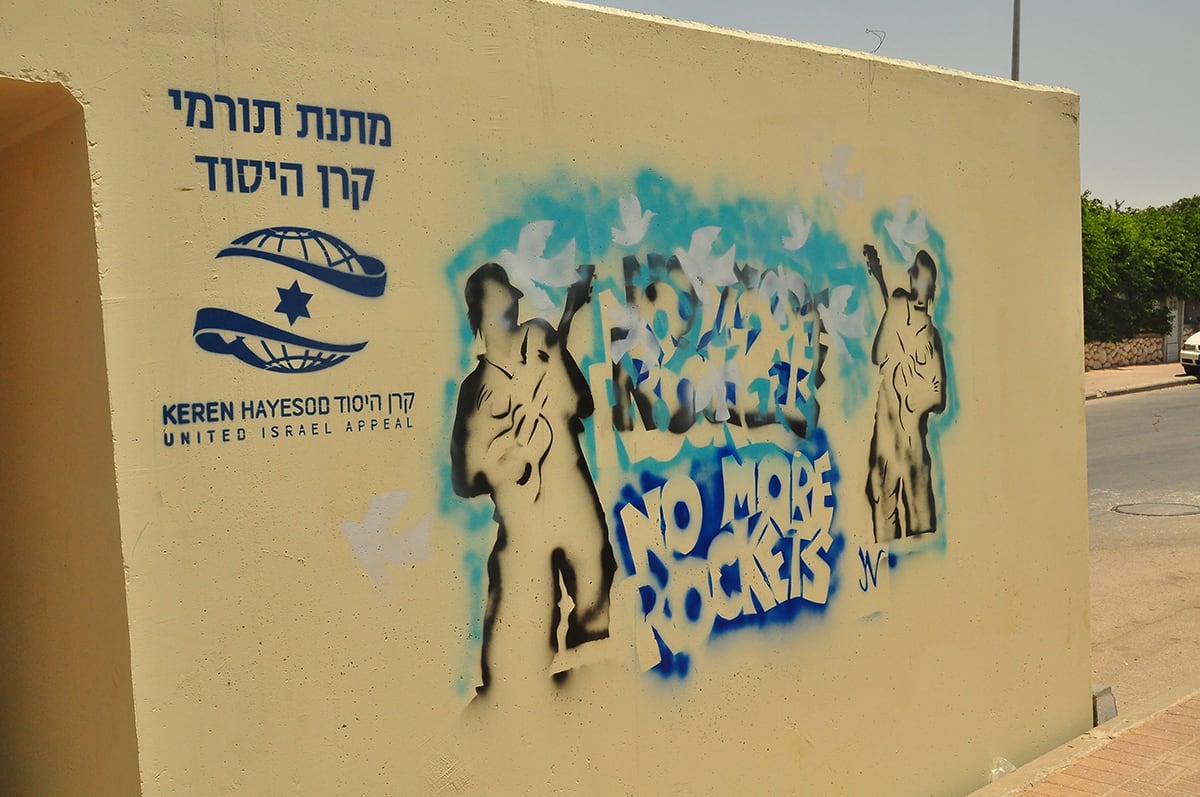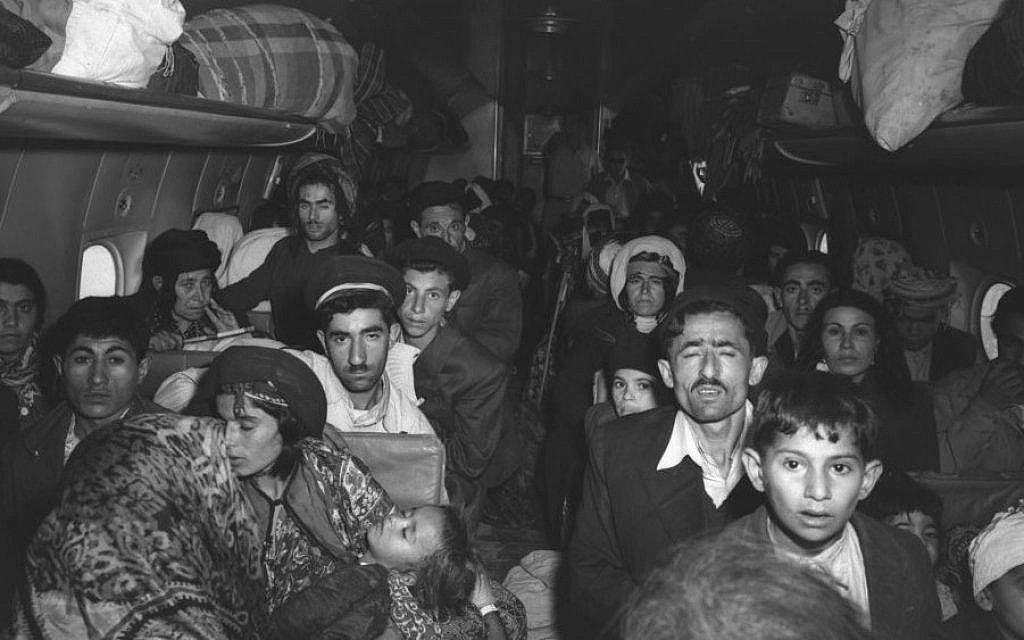
“1950. Dozens of olim crowd the customs counters at the airport in Iraq, with open suitcases and unwrapped packages. Impatient customs officials are harsh. The frightened children grab on to their parents’ legs, but in the air is the exciting feeling of new beginningsˮ. This is how Shlomo Hillel, one of the leaders of the Ezra and Nehemiah rescue and aliyah operation, and later world chairman of Keren Hayesod, described the scene. Similar scenes had also taken place during the rescue operation that was launched following anti-Jewish riots in Yemen, “On the Wings of Eagles”. The Jews were forced to flee as quickly and as far away as possible. Some of them found themselves walking in the scorching desert, destitute, attacked by bandits. They stayed in refugee camps in Aden until the Jewish Agency for Israel organized an air train to fly them to Israel. This is how the operation received its popular name, “Magic Carpet”. During 1949, some 50,000 Yemenite Jews were brought to Israel, and in 1950 and 1951, 123,000 Iraqi Jews also arrived in the Holy Land. These two aliyah campaigns were among the largest and most important in Israel’s history.
Photo: New immigrants from Iraq, 1951
